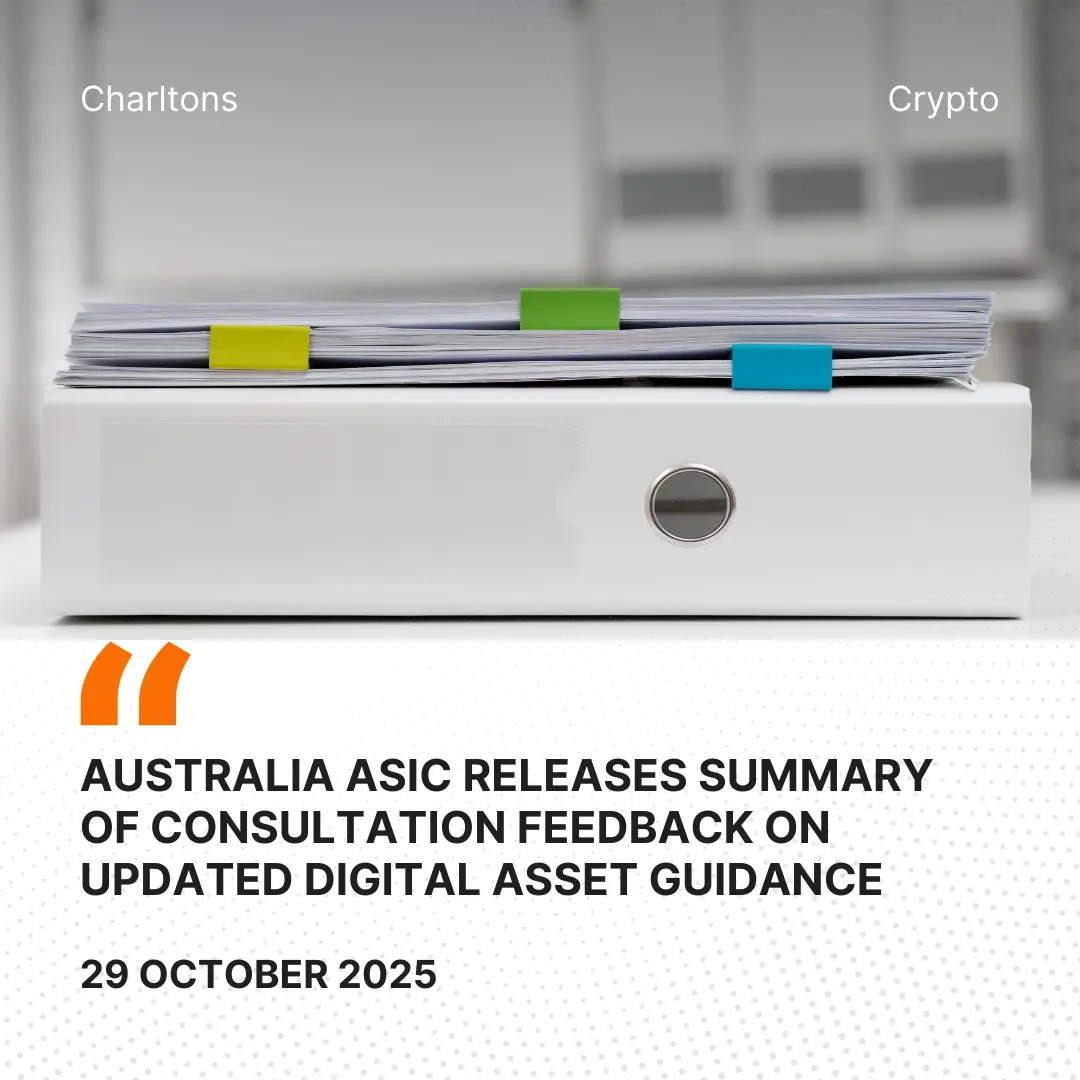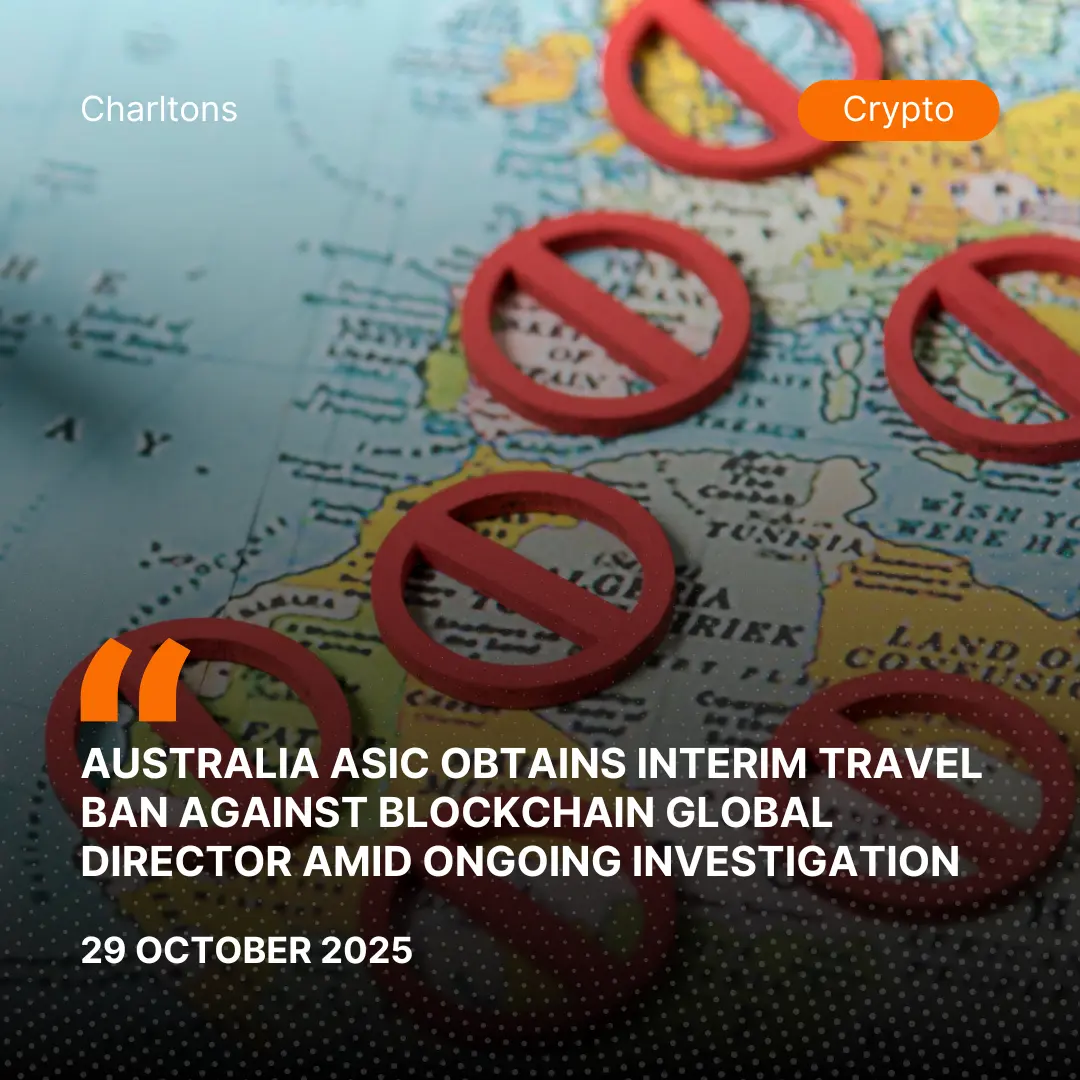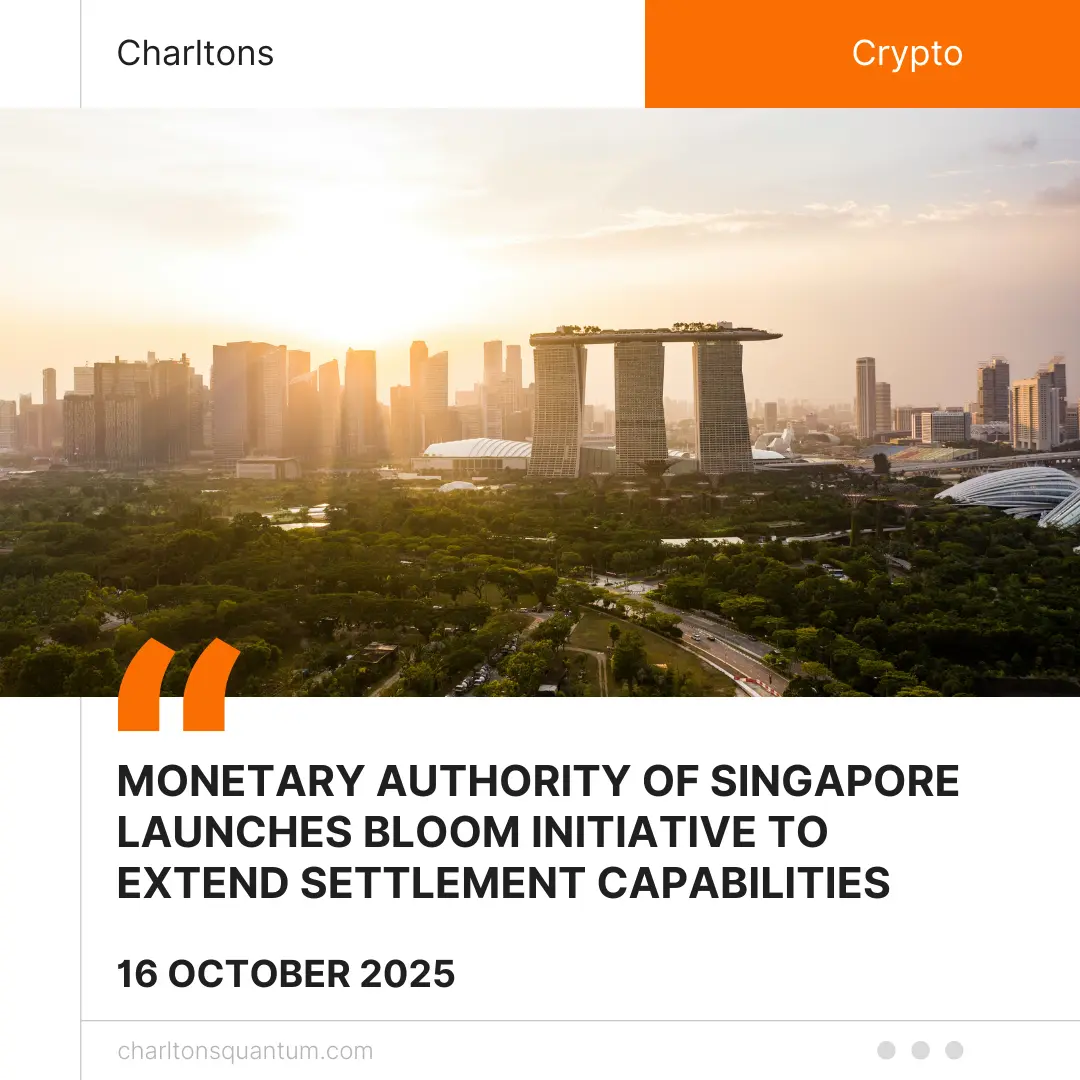
On 29 October 2025, the Australian Securities and Investments Commission (ASIC) published its summary of industry and stakeholder feedback to Consultation Paper 381: Updates to INFO 225 Digital Assets – Financial Products and Services (CP 381). The consultation sought industry views on ASIC’s proposed updates to Information Sheet 225 and its accompanying transitional framework for stablecoins, wrapped tokens, and digital asset intermediaries. The summary reflects input from 51 non-confidential respondents, covering financial institutions, digital asset service providers, consumer groups, and professional advisers. The feedback has informed ASIC’s decision to grant class no-action relief, extend transitional periods, and include additional examples in the updated guidance.
Temporary relief for intermediaries in relation to stablecoins and wrapped tokens is appropriate
“Most respondents acknowledged that many stablecoins and wrapped tokens may be financial products under the current law.” The majority of submissions supported transitional relief for unlicensed intermediaries dealing in stablecoins that are non-cash payment facilities and wrapped tokens that are derivatives. Respondents agreed this would enable continuity until the Government’s proposed reforms commence. Some participants, however, cautioned against premature licensing before legislative clarity. Others requested further details on the classification of stablecoins, particularly regarding when they may constitute derivatives or other financial products. ASIC confirmed that it would add illustrative examples of non-yield bearing stablecoins and wrapped tokens to INFO 225, while proceeding with transitional class relief for secondary distributors of eligible stablecoins and wrapped tokens. ASIC is seeking feedback on CS 32 Proposed relief for certain stablecoins and wrapped tokens, and extension of omnibus accounts for digital asset custody by 12 November 2025.
More generous class no-action to ease the transition to licensing
“Respondents broadly supported a class no-action position, but with recommended revisions to the scope and conditions.” Industry participants called for extended application timelines of up to 24 months, inclusion of historical conduct, and broader eligibility for businesses entering discussions with ASIC or restructuring. ASIC has now issued a class no-action letter covering temporary non-enforcement for breaches of licensing requirements under the Australian Financial Services (AFS), Australian Market, and Clearing and Settlement (CS) frameworks. The lodgement window for AFS licence applications closes on 30 June 2026. The position excludes crypto lending or earn products and most crypto derivatives, except wrapped tokens. ASIC emphasised that the no-action relief does not preclude enforcement against misconduct causing consumer harm, market disruption, or fraud.
Hypothetical practical examples are useful but require greater depth
“Most respondents acknowledged the value of examples showing when a digital asset may be a financial product.” Respondents requested deeper detail and additional examples covering bitcoin, ether, staking arrangements, wallets, and gold-linked tokens. ASIC has updated INFO 225 to include five new examples i.e. bitcoin, native proof-of-stake staking, tokenised real estate, wrapped tokens, and non-interest-bearing stablecoin, and revised five others, including managed staking, new blockchain, and yield-bearing stablecoins. ASIC consulted informally with select stakeholders before finalising the examples to ensure clarity and practical application.
Tailored licence obligations for digital asset businesses
Many submissions raised operational challenges with existing licensing obligations, including capital requirements for custodians, trust account rules amid debanking issues, difficulties obtaining professional indemnity insurance, and shortages of suitably qualified responsible managers. Respondents also highlighted uncertainty in applying design and distribution obligations to products without a defined issuer. ASIC has added explanatory guidance in INFO 225 to help digital asset businesses navigate these areas while transitioning to the licensing regime.
Good practice guidance for custodial and depository services could be enhanced
“Overall, respondents agreed that INFO 225’s guidance applies to digital asset custodial and depository service providers – but want it to go further.” Respondents requested greater clarity on when custody standards are triggered and how custody structures fit within the regulatory framework. ASIC reaffirmed that existing custodial standards apply to all financial products irrespective of technology, following a principles-based approach. It has also proposed relief to allow omnibus account arrangements for pooled client assets, as outlined in CS 32. Comments remain open until 12 November 2025.
Diverse views on alignment between guidance and proposed law reform
Submissions reflected differing opinions on whether ASIC should delay updates pending legislative reform or issue interim guidance. Some industry participants urged ASIC to align more closely with international regulators, while others argued for bespoke national rules addressing decentralised finance and smart contracts. Consumer advocates and law firms largely endorsed ASIC’s current approach, recognising the need for legal clarity under existing law. ASIC reaffirmed that its role is to administer the law as it stands while collaborating with Government on the forthcoming Digital Assets and Payments (DAP) reforms to complement Australia’s financial services framework.





